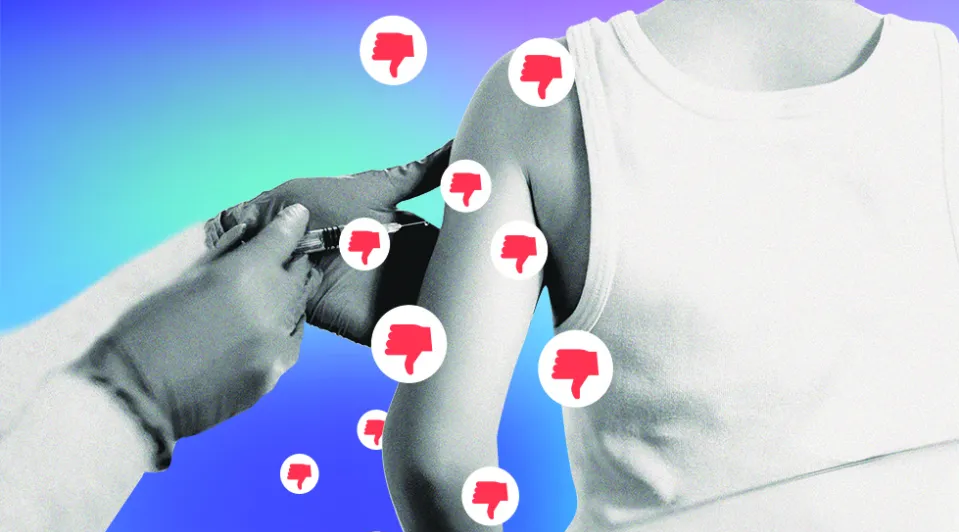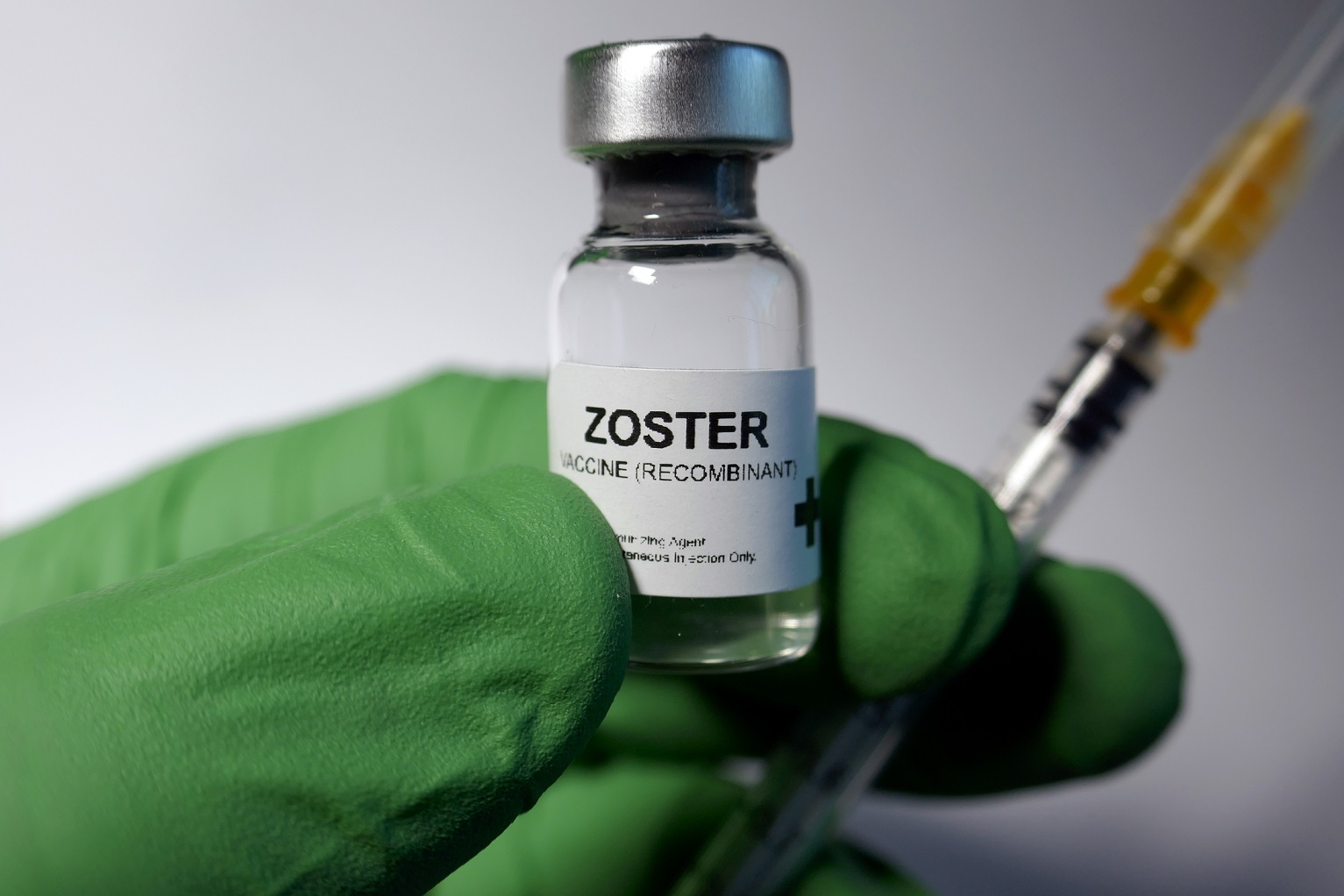Medical journals are increasingly riddled with fake scientific papers put out by “paper mills”—profit-oriented organizations that produce and sell fabricated manuscripts or ones containing manipulated scientific data. In the past year, approximately 70,000 (1.5 – 2 percent) of published scientific papers were generated by paper mills. It is estimated that, over the last two decades, paper mills may have churned out as many as 400,000 papers.1
Newly developed software is able to detect whether a paper was generated by a paper mill to a good degree of certainty by comparing an open index of research papers to works previously produced by paper mills. An estimated three percent of biology and medicine papers closely resembled paper mill works, according to an unpublished analysis shared with Nature. The paper mill papers tend to follow a specific template and only change an image or a few words in the text. Adam Day, developer of the software called Paper Mill Alarm admits that there is no way to know if all of the articles flagged are generated by paper mills.2
A report by the Committee on Publication Ethics released in June 2022 confirms Day’s findings. The report, which looked at six publishers, found that two percent of papers submitted to journals may have come from paper mills and for some journals, the number may be as high as 40 percent.3
Other researchers looked at the email address of the submitted paper to see if it is affiliated with a hospital in China, where the fake paper problem is known to be rampant. It is also a red flag when the email address is not affiliated with an academic institution or a hospital.4
The increasing number of scientific papers being retracted supports these alarming findings. The Retraction Watch Database found that in 2022 more than 4,600 scientific papers were retracted by journals. By comparison, in 2002 journals retracted only 119 papers.5
“Publish or Perish” Policy Leading to Increase in Fake Scientific Papers
A recent report in a medRxiv pre-print published in May showed that as many as 34 percent of 5,000 neuroscience papers and 24 percent of medical papers published in 2020 were plagiarized or false.6
Bernhard Sabel, psychologist and neuroscientist at the University of Magdeburg in Germany and lead author of the report explained:
Scientists are often judged by the number of papers they publish, and that is quite common practice everywhere around the world. And all this pressure creates anxiety and fear to not being promoted, to lose the job and so on. And so the best way to solve that, given they have no capacity to do the research, is, as if you’re buying a T-shirt in the shop, you can buy a paper for it to be published in the scientific journal.7
Universities can be active participants in perpetuating the problem of fake papers being published. Students are often required to publish as a prerequisite to obtaining a masters or doctorate degree. Professors can earn academic promotions when they are listed as co-authors on published papers, while universities obtain money from research grants based on published papers. All of these incentives can encourage the proliferation of fake scientific papers by researchers eager to advance their careers at universities.8
The International Association of Scientific, Technical and Medical Publishers, which represents 120 publishers, is working on an effort called Integrity Hub to create new ways to detect false papers churned out by paper mills.9
Joris van Rossum, Integrity Hub’s product director, said:
We want to think about engaging with institutions on how to take away perhaps some of the [professional] incentives which can have these detrimental effects.10
Dorothy Bishop, a psychologist who studies fraudulent papers at the University of Oxford, said:
Paper mills have made a fortune by basically attacking a system that has had no idea how to cope with this stuff.11
If you would like to receive an e-mail notice of the most recent articles published in The Vaccine Reaction each week, click here.
Click here to view References:1 Van Noorden R. How big is science’s fake-paper problem? Nature Nov. 6, 2023.
2 Ibid.
3 Ibid.
4 Ibid.
5 Retraction Watch. Nearing 5,000 retractions: A review of 2022. Dec. 27, 2022.
6 Brainard J. Fake scientific papers are alarmingly common. Science May 9, 2023.
7 Rascoe A. Fake studies in academic journals may be more common than previously thought. NPR May 14, 2023.
8 Alexander H. How fake science is infiltrating scientific journals. The Sydney Morning Herald Jan. 5, 2022.
9 Ibid.
10 Brainard J. Fake scientific papers are alarmingly common. Science May 9, 2023.
11 Ibid.














2 Responses
Now why the heck would they be doing that? You need not be a genius to figure it out…only use a bit of critical thinking.
The entire charade regarding the vaccination program; one big lie. In other words, some may refer to this as a well oiled embezzlement scam implemented by way of concerted industry wide racketeering and libelous false claims publishers firmly embedded within a corrupted faux regulatory establishment. The revolving door keeps turning. Your tax dollars, hard at work. Repeat after me; Safe AND Effective. When these people go to sleep they don’t count sheep, they count your taxpayer dollars. Who’s still buying this?
Mark Dice recently recounted old CIA programs which discovered that the fastest most effective way to alter someones world view as well as topical matter understanding, is to get them to read propagandized messages. Apparently when blatant deceptions and lies are on paper in the written word, humans are less likely to engage in critical thinking, subsequently much easier to program. You want to know another effective way to curb paper mills and falsified publications? Arrest people for criminal racketeering, fraud, and embezzlement.